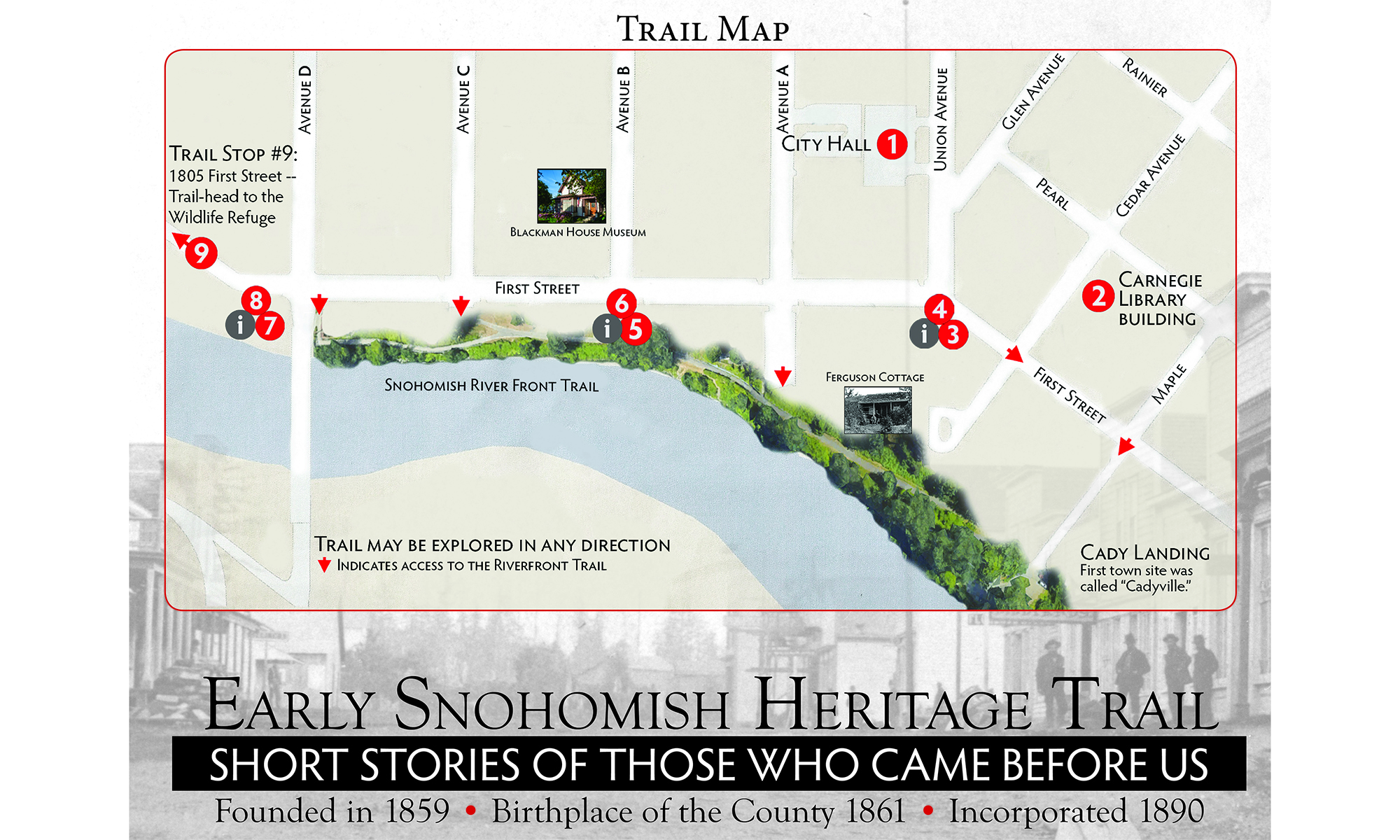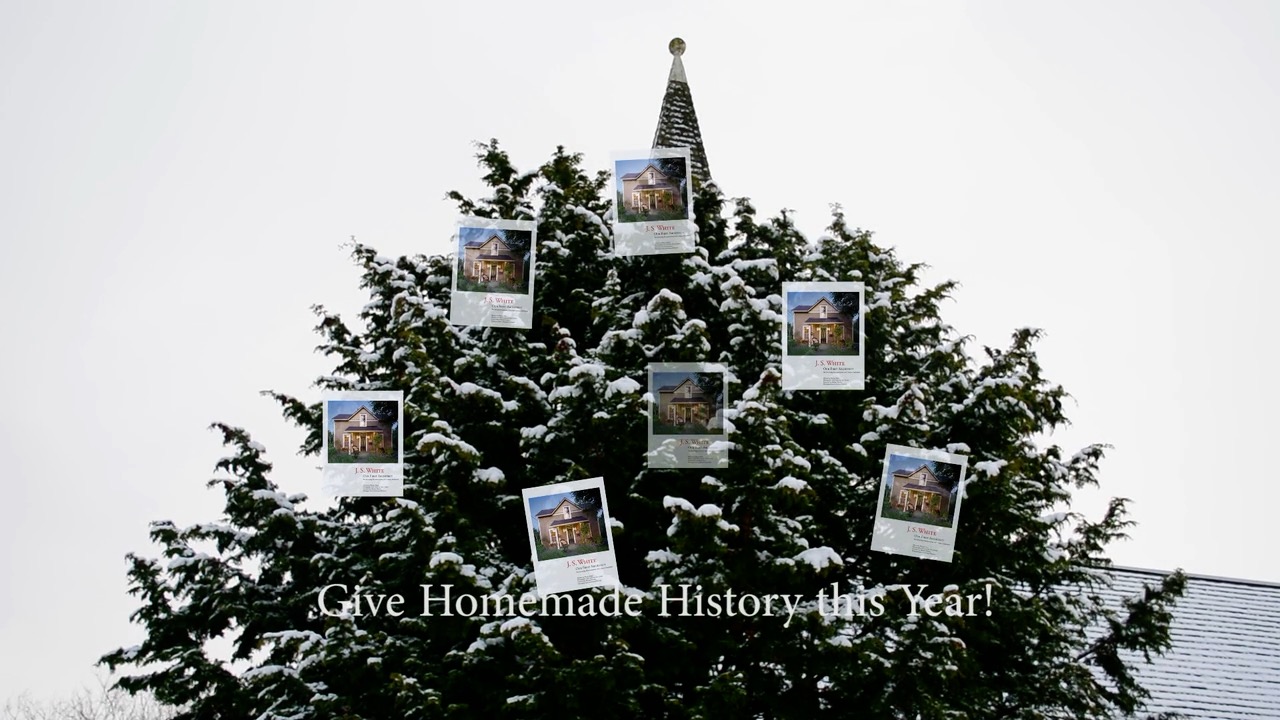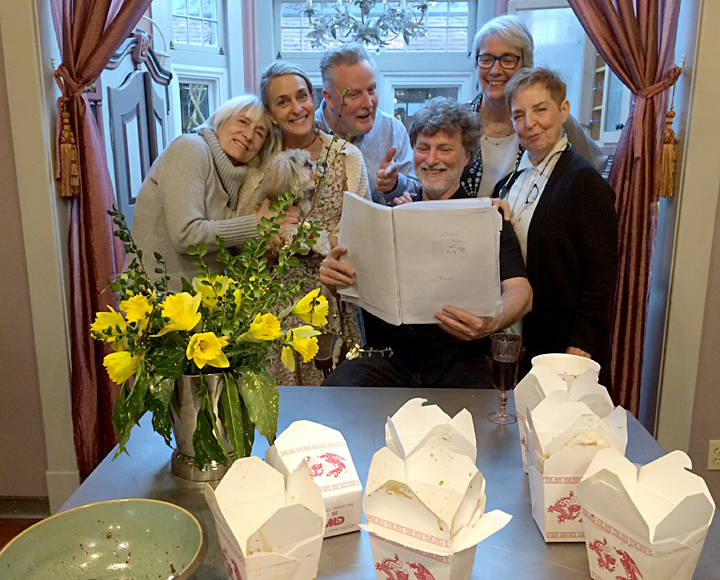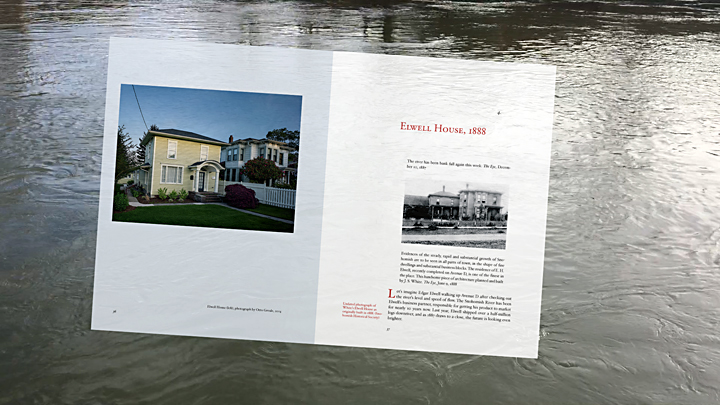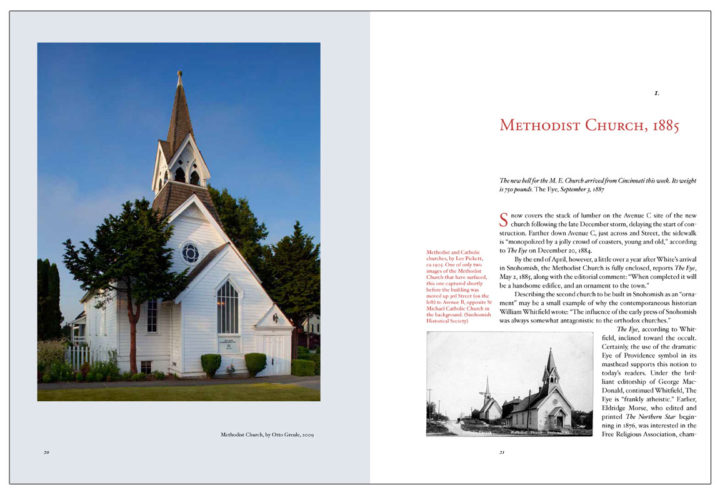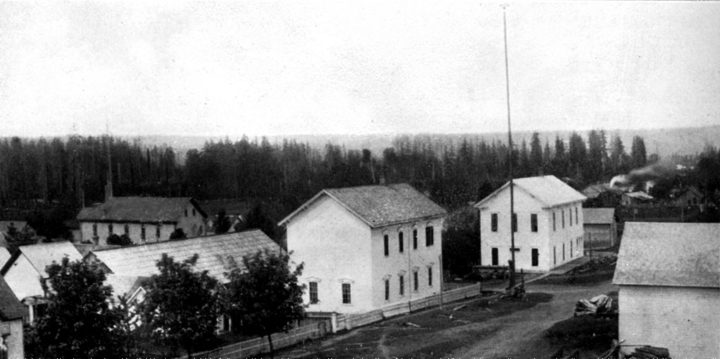Twenty-Seventeen — what a year!
Our book, J.S. White Our First Architect was released with a Gala Garden Release Party on July 13th, the 172nd Anniversary of White’s birth in Tamworth, NH.
Karen’s run to save our local government from a coup by social media fell short of votes but long on misogyny.
 Following the election, a commission to write a thumbnail history of Lake Stevens for HistoryLink.org, Washington state’s free online encyclopedia, was a happy distraction. I enjoyed getting to know Lake Stevens, both its beginnings and its plans.
Following the election, a commission to write a thumbnail history of Lake Stevens for HistoryLink.org, Washington state’s free online encyclopedia, was a happy distraction. I enjoyed getting to know Lake Stevens, both its beginnings and its plans.
The first person to purchase lots on the lake was Charles A. Missimer, a renaissance-man who lived and worked in Snohomish. “The varied occupations of Charles A. Missimer (1857-1938) were reported in both the first and second newspapers of Snohomish, the Northern Star and The Eye, as a photographer, scenery painter, trombone player with the local Snohomish band at the Atheneum Masked Ball, deputy county surveyor, Circuit Court clerk, even co-publisher of The Eye for a short time,” as I wrote in the essay.
Combing through the 19th-century newspapers researching our book, I came across this mention that I wanted to use as an epigraph for the essay, but the editor cut-it so here it is instead.
Should the railroad touch the shores of Lake Stevens, a town will be built that will become a dangerous rival to Snohomish. Being situated near the geographical center of the county, could but with little difficulty secure the county seat.
June 13, 1888, The Eye.
Very curious because Missimer didn’t purchase his land until the following year. In 1888 when the railroad arrived in Snohomish there was no there-there in Lake Stevens–just the beautiful and very deep lake.
Best Wishes for the New Year Dear Readers, your comments are always welcomed.
. . . .
Our featured image is a video still from an excerpt from our book’s first essay “Methodist Church, 1885” posted one year ago to promote the book. The printed copy seen in the clip is the final version which had just been sent to the printer in China!
As I said: “what a year!”
. . . .
